“I think everybody in this country should learn how to program a computer because it teaches you how to think.” – Steve Jobs

I have been teaching an after-school coding course for seven weeks with one group of PreK children, and six weeks with another. I’ll be concluding the courses on the eighth week with a sequencing project that includes two loops; assembling a robot cupcake!
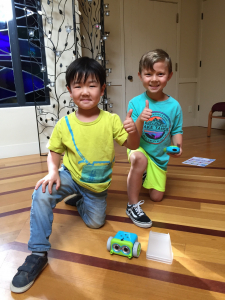
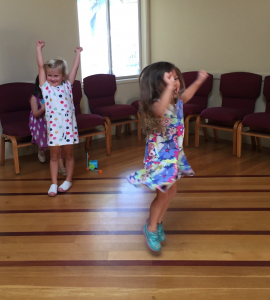
Coding: It’s so Exciting!
The excitement around coding at our school has been amazing. The children often ask their teachers and me, “Is it coding today?” When I ring a bell for my “programmers” to come in from outside play to coding class, they come running fast with a smile on their face, and often the first question is, “Where’s Botley?” And to think I was wondering if we would fill just one class!
Coding for youth is a hot topic today. There are resources all over the Internet to pick and choose from. My town’s recreation department is teaching it, many schools are incorporating it into their curriculum or offering afterschool programs, and there are several local businesses that specialize in teaching coding to children.
Our children are natives of a computerized world and learning to code at an early age teaches them tremendously valuable skills (see my Part 1). But it will also confer advantages as they get older, whether they work in the software industry or not. My 20-year-old son works in commercial real estate and he has created programs to track his personal finances and make his job more efficient. He taught himself to code so he could turn his digital ideas a reality.
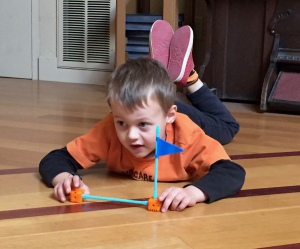
What’s Worked
The most effective teaching strategy I implemented is to include these three important ingredients in every lesson plan:
- a story
- a game or music and movement activity
- a coding challenge with Botley
Combining a variety of activities helped meet the needs of different learning styles, and the repetition of coding vocabulary and concepts used in these activities has been instrumental in reinforcing knowledge of the following:
- algorithm
- break
- bug/debug
- code
- hardware
- if-then
- if-then-else
- left and right, and forward and backward
- loop
- remote coder
- sequence
I’m thrilled with how much we have accomplished with unplugged activities and a screen-free coding robot. My school is play-based; embracing process art, loose parts, and tinkering. I gently educate parents about the American Academy of Pediatrics recommendations for screen-time for young children. Staying true to our purposeful play philosophy undid any skeptical parent’s thoughts that this was going to be a sedentary course.
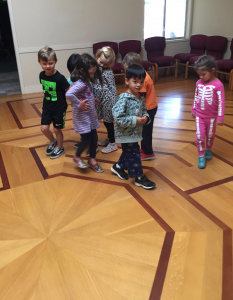
Plan, but be SUPER flexible
I looked at all the functions of Botley and sketched out lesson plans to cover Botley’s capabilities, one day at a time, in our eight-week course. The overall character of each of my classes was very different, and I adjusted plans to meet their needs. I learned quickly that my initial plans needed to be scaled back and that we would do a lot more repetition of directional commands with Botley, each time with a different twist.
I canceled the attempted play of a game I found online early, because I quickly learned it was not developmentally appropriate. The other day, my group of high energy 4 to 5 year-old boys said to me, “When are we going to do the line thing again?” We did line coding with Botley during the first two weeks. I didn’t plan to go back to line coding, but they loved it and plans were changed. It’s way more important to keep them engaged and wanting more, than stubbornly sticking to my plans.
The “Wow!” Moments
The first seed has been planted in firing-up my students for future coding. They’ve learned so much in a short time, but more importantly, they have shown incredible persistence. They struggled through our weekly challenges, including drawing a line Botley could follow. But, despite the challenges, they never once expressed defeat. They’d say, “We have a bug!” And I’d say, “Figure out what the problem is.” They talked about it, made detours around line bugs, and discarded code that wasn’t working. They never looked at challenge struggles as failures, but instead, they seemed to look at their struggles as a natural part of the experience, and an opportunity to keep trying. I gave hints, tips and demos now and then, but I really wanted them to work together to solve problems. Watching problem-solving in action has been the most rewarding part of teaching this course.

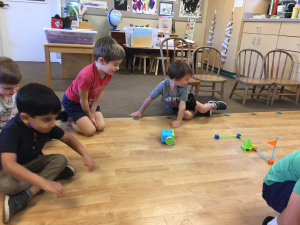
Our favorite books:
- How to Code a Sandcastle by Josh Funk
- Lost in the Mouseum by Eleanor May
- Left or Right? By Susan Meredith
- Coding Palz by Ayesha Hameed – We read lessons on loops, sequence, and if-then-else
Our favorite games and songs:
- Left-Right-Center
- The If-Then and If-Then-Else Game
- Left vs. Right Song and Dance
- Hokey Pokey
- Roll for a Move (put Botley directional symbols in the windows of a soft cube)




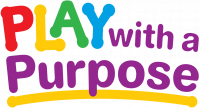

Leave A Comment